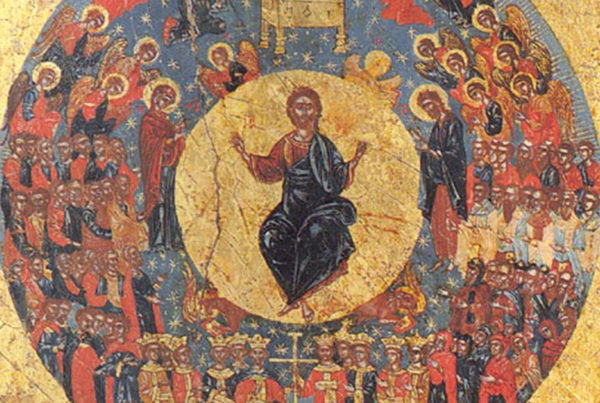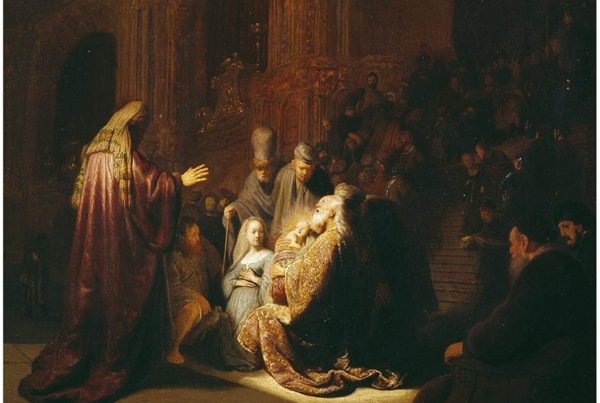[Note: this is the fifth in a series of posts working through Greg Boyd’s recently released Crucifixion of the Warrior God: Interpreting the Old Testament’s Violent Portraits of God in Light of the Cross. Go here for the first post and work your way through!]
Well friends, it’s been a bit since I’ve posted about Greg Boyd’s CWG, so let’s do a little review before we jump into the next principle.
There are two foundational philosophical convictions that underlie Boyd’s work. The first regards the nature of biblical inspiration. For Boyd, God, being the God he is–a relational God–breathes the written record of his revelation in a dialectical rather than unilateral way. The text of Scripture is both a divine and human product, and therefore will at times reflect the fallen and culturally conditioned minds and hearts of those who produced it.
Given that, his second conviction is that there are times when the revelatory content of Scripture will be found not on its surface, but in it depths, where we, with the eyes of faith given to us through our apprehension of God’s true nature revealed in the Crucified Christ, are made capable of perceiving that “something else is going on” when God is depicted by the biblical authors as what we might call “sub-Christlike.”
Those convictions lead us naturally to the first principle of his “Cruciform Hermeneutic”: The Principle of Cruciform Accommodation (PCA), which stipulates that passages which speak of God in a sub-Christlike manner are in fact Christlike in their depths just to the extent that they reveal how far God is willing to stoop to remain in covenant solidarity with his people. He allows himself to be misrepresented by his own people for a time in order to continue to lead that same people on a journey of salvation.
The second principle follows from the first: it is The Principle of Redemptive Withdrawal (PRW). Just like how on the cross, God the Father did not need to “do” anything to his Son in order that the consequences of our sin might be visited upon him, so passages of Scripture that speak of God directly “inflicting” wrath on human agents, when examined through both the Cruciform Hermeneutic and, importantly, the broader canonical witness, show us that all God needs to do to “punish sin” is to remove his protective hand, letting the natural consequences of rebellion double back on itself. God, therefore, is protected against the charge of violence.
That leads us to the third principle: The Principle of Cosmic Conflict (PCC). The PCC is in large part an outworking or extension of the PRW and of course involves the PCA. Here we are not just talking about “natural” cause and effect visited upon wicked human agents for their sin, but the destruction that comes about from God lifting his protective hand to let malevolent, demonic forces work their evil–as they did in the cross of Christ. Boyd states the principle like this:
The agents that carry out violence when God withdraws his protective presence to bring about a divine judgment include perpetually-threatening cosmic forces of destruction (p. 1010).
He tackles several dimensions of this principle:
God and the gods in the Old Testament (Ch 21). Boyd begins by outlining the “conflict with chaos” motif that runs like a thread throughout the OT. Strange as it may sound to our ears “Yahweh’s conflict with the forces of evil is…construed as a conflict with personified raging waters and cosmic sea monsters that all Ancient Near Eastern (ANE) people believed encompassed and perpetually threatened the earth. We also read a good deal [in the OT] about Yahweh’s conflict with other gods…the people of the ANE in general [viewed] earthly and cosmic battles as two sides of one reality” (p. 1012).
The Sea, Leviathan, Rahab, Behemoth, Yam, Mot, and Resheph were all understood by ANE people, the Israelites included, as “menacing deities” which “are closely associated with aspects of nature and are frequently depicted as acting violently through these aspects of nature against various people or against other deities” (p. 1017). Understood against this backdrop, the Creation Hymn of Genesis 1 can and should be read as a polemical statement of Yahweh’s ultimate sovereignty over those menacing deities. Only his staying hand prevents them from plunging Creation once more back into chaos.
In addition, Boyd draws attention to the “heavenly council” motif that is also present in the OT, arguing (in a way that sets the stage for his next chapter) that the supernatural is populated with “created gods [that] possess something like the free will that humans possess” (p. 1027) and thus can resist God’s will. Satan, of course, is the prime example of this, but we also see it, for instance, in the book of Daniel, where the angel sent to aid Daniel says that “the prince of the Persian kingdom resisted me 21 days” (Dn 10:12-13). Many other examples could be added.
The point is that cause-and-effect is not the only explanation of the evil we see in the world. There is more going on than what we see.
Cosmic Conflict in the New Testament (Ch 22). If the sense of the universe as peopled by “menacing deities” is present in the OT, it is pronounced in the NT. We need look no farther than Jesus himself to see this. Boyd notes that in the Gospel of John, Jesus three times refers to Satan as “the prince of this world” (John 12:31, 14:30, and 16:11 – p. 1044), commenting that “while Jesus and his followers of course believed that God was the ultimate Lord over creation, it is apparent that Jesus viewed Satan as the functional ruler over the earth at the present time” (p. 1045). The theologies of Paul and Peter continue this outlook, referring frequently to “principalities”, “powers”, “rulers”, “authorities” and so on to speak of cosmic agents whose power, much like the menacing deities of the OT, is instantiated as they “[exercise] a corrupting influence on fundamental aspects of human society and creation” (p. 1046).
In keeping with this, Boyd notes that “the two things that Jesus did most frequently, other than teach, were heal people from demonically influenced infirmities and deliver people from demonic oppression” (p. 1047). The ministry of Jesus, according to Boyd, was an all-out assault on the rebellious reign of Satan: “Jesus’ healings were not simply good deeds, they were acts of war against the kingdom of darkness” (p. 1050), and his death is likewise understood by the NT writers as his decisive victory over Satan and his kingdom, which exhausts itself in its attempted but ultimately futile annihilation of the Son of God.
This is the point at which the Principles of RW and CC correlate, and which Boyd deals with in chapters 23 and 24. God’s characteristic manner of dealing with evil is not to squash it by brute force but to allow its inner dynamics to cause it to consume itself. If human agents insist on rebellion, he will withdraw his hand and allow the malevolent, similarly rebellious, forces of pre-creation chaos to assert themselves again (the Flood). If Pharaoh persists in his sinful way, he will use Pharaoh’s own blind hatred and ambition against him by having the likewise blind and ambitious Red Sea close up over Pharaoh and his armies. When Korah and his followers rebel, he will simply remove his hand and allow the rebellious earth-god to swallow them up.
And so on and so forth, throughout the text of the Old Testament. In no case is God directly culpable for the violence inflicted. He has simply “handed over” wicked agents, whether human or otherwise, to their own chosen path of destruction with a view towards the liberation of Creation. The Dragon ultimately swallows itself up.



